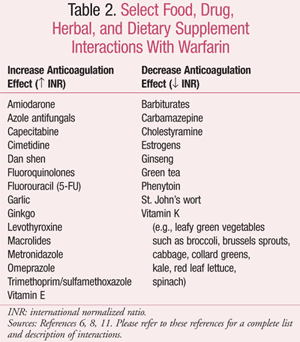Objective:
The survival benefit of prone positioning during mechanical ventilation for acute respiratory distress syndrome has been a matter of debate. Recent multicenter randomized controlled trials have shown a significant reduction of 28-day and 90-day mortality associated with prone positioning during mechanical ventilation for severe acute respiratory distress syndrome. We performed an up-to-date meta-analysis on this topic and elucidated the effect of prone positioning on overall mortality and associated complications.
Data Sources:
PubMed, EMBASE, BioMed Central, Cochrane Central Register of Controlled Trials, ClinicalTrials.gov, and conference proceedings through May 2013.
Study Selection:
Randomized controlled trial comparing overall mortality of prone-versus-supine positioning in patients with acute respiratory distress syndrome.
Data Extraction:
Data were extracted for populations, interventions, outcomes, and risk of bias. The prespecified primary endpoint was overall mortality, using the longest available follow-up in each study. The odds ratio with 95% CI was the effect measure.
Data Synthesis:
This analysis included 11 randomized controlled trial, 2,246 total adult patients, and 1,142 patients ventilated in the prone position. Prone positioning during ventilation significantly reduced overall mortality in the random-effect model (odds ratio, 0.77; 95% CI, 0.59–0.99; p = 0.039; I2 = 33.7%), and the effects were marked in the subgroup in which the duration of prone positioning was more than 10 hr/session, compared with the subgroup with a short-term duration of prone positioning (odds ratio, 0.62; 9% CI, 0.48–0.79; p = 0.039; pinteraction = 0.015). Prone positioning was significantly associated with pressure ulcers (odds ratio, 1.49; 95% CI, 1.18–1.89; p = 0.001; I2 = 0.0%) and major airway problems (odds ratio, 1.55; 95% CI, 1.10–2.17; p = 0.012; I2 = 32.7%).
Conclusions:
Ventilation in the prone position significantly reduced overall mortality in patients with severe acute respiratory distress syndrome. Sufficient duration of prone positioning was significantly associated with a reduction in overall mortality. Prone ventilation was also significantly associated with pressure ulcers and major airway problems.
Reference:
Lee, Joo Myng MD, MPH; Bae, Won MD; Lee, Yeon Joo MD; Cho, Young-Jae MD, MPH - The Efficacy and Safety of Prone Positional Ventilation in Acute Respiratory Distress Syndrome: Updated Study-Level Meta-Analysis of 11 Randomized Controlled Trials - Critical Care Medicine: May 2014 - Volume 42 - Issue 5 - p 1252-1262

